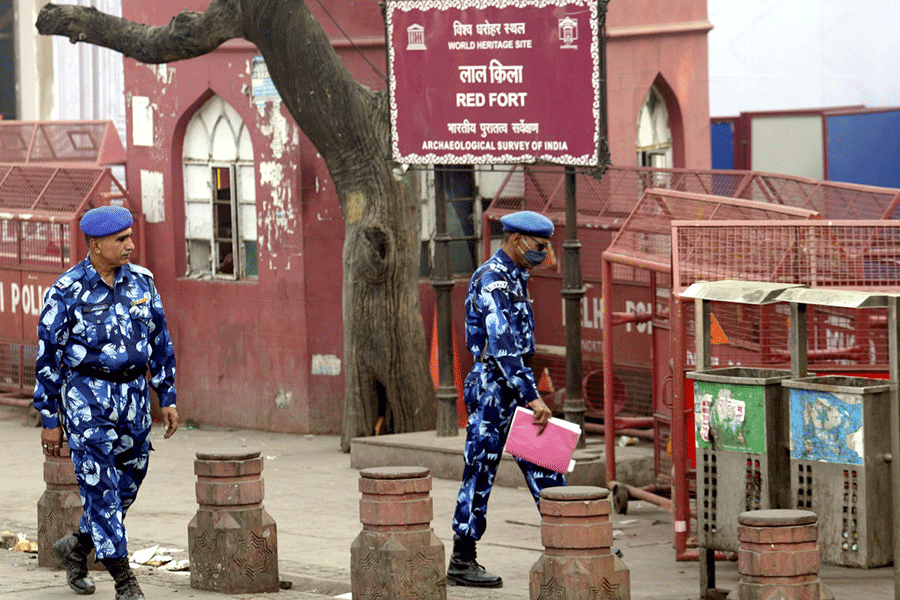With the Supreme Court verdict on stray dogs eliciting diverse reactions across the nation, two picturesque hill states, Sikkim and Mizoram, offer a study in contrast. The humane, proactive measures in Sikkim versus the punitive strategy proposed in parts of Mizoram reflect the conflicting attitudes to the challenge of managing the canine population on our streets.
Sikkim with its public transport vehicles, sporting messages and endearing illustrations about being kind to animals, has emerged as a leader in compassionate fauna management. The state has focused on a scientific and ethical approach, aligning with the Centre’s Animal Birth Control Rules, 2023 and the World Organisation for Animal Health’s guidelines. Its initiatives include widespread vaccination and sterilisation drives, public awareness campaigns and training of police officers to treat animal cruelty as a serious crime. These efforts prioritise rabies elimination and population control through humane methods, fostering a culture of coexistence.
In stark contrast, a local council in Aizawl recently proposed distributing slingshots to target stray dogs, though animal rights activists have pointed out that hitting dogs with catapults is an offence under the Prevention of Cruelty to Animals Act, 1960. Past actions in other Mizoram towns, where dogs were reportedly ordered to be shot at sight, underscore a history of resorting to harsh measures.
Stray dogs have been an ‘issue’ in the northeastern states, with attitudes ranging from adoption to consumption of dog meat. As residents of Shillong, we were horrified to see men jumping out of taxis at busy intersections like the Civil Hospital, hitting stray dogs on the head, putting them in sacks and dumping them in the boot of the car. Our Khasi landlady, who owned three strays named Rufus, Jackie and Bruno, would keep the gate securely fastened to prevent them from venturing out on the street. “The Nagas will come and take them away to eat,” she would shudder.

Nagaland, and some parts of Mizoram, Arunachal Pradesh and Meghalaya, have communities in which eating dog meat is traditionally accepted. For many Naga tribes, it is a cultural practice, a food habit, and historically not seen as cruel or unethical.
In July 2020, the Nagaland cabinet decided to ban the commercial import and trading of dogs, the operation of ‘dog markets’ and the sale of dog meat. This led to a hue and cry and four months later, the Gauhati High Court (Kohima bench) stayed the ban. In June 2023, this court quashed the 2020 ban order. The Sixth Schedule and Article 371A of the Constitution give Nagaland and other tribal areas special autonomy to preserve customary practices.
Sikkim, on the other hand, with a significant Buddhist population, has had no recorded tradition of dog-meat consumption and is often cited as a model for humane stray dog management. Its Stray Dogs and Rabies Control Act, 2000, combined with sterilisation and vaccination drives, has made it to being one of the first rabies-free states, prioritising coexistence and community care over culling.
If a tiny state like Sikkim, by investing in long-term, humane solutions, can demonstrate a balance between public safety and animal welfare, shouldn’t this be a template for other states? The stray dog challenge cannot be solved by arming citizens, but by empowering local bodies to implement proven, humane strategies. Shouldn’t the honourable judges take cognisance of Sikkim’s example of compassion and collaboration with animal welfare organisations? Why do they think humane management of stray dogs is merely a sentimental imperative? When mass dog culling was undertaken in Gujarat, the rodent population exploded, leading to the 1994 plague outbreak. Are we game for a rerun of that nightmare?










